7 Effective Yoga Poses For Managing Depression At Home
Asanas that not just ease the tension in your muscles and joints but also in your mind
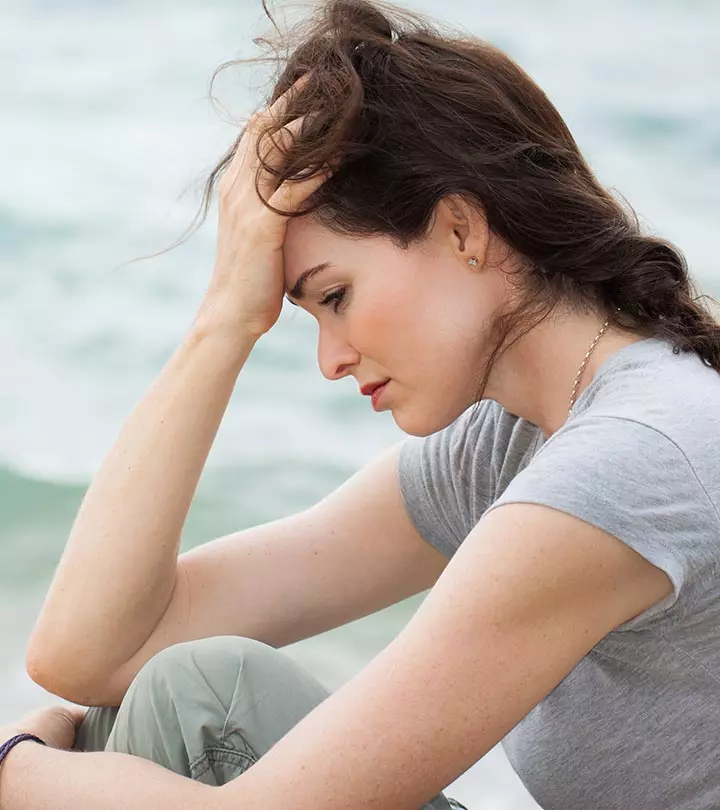
Image: Shutter stock
Are you feeling hopeless and hollow? If this happens frequently, my buddy, you are in trouble. It seems that depression is knocking on your door. Here, we have explained how yoga can help you fight depression and the best yoga for depression. Take a look. Yoga is claimed to reduce depression symptoms.

In this article, we have made a list of yoga poses that can assist you in fighting depression. Let’s start with some basic information regarding depression. Continue reading to know more.

 Quick Tip
Quick TipBefore that, let’s get to know a few facts about depression.
In This Article
What Is Depression?
Depression is an illness that affects your brain. It is your reaction to something sad, loss of someone, or dejection. When these feelings aggravate and become intense, it leads to a medical condition called clinical depression.
You know you are depressed when you display the following symptoms consistently for two weeks.
Key Takeaways
- Lack of concentration and feelings of sadness are a few symptoms of depression.
- Hormonal imbalance, stress, or genetics can cause depression.
- Yoga boosts blood circulation to the brain and encourages the production of mood-elevating hormones.
- Yoga poses, such as balasana, halasana, and uttanasana can strengthen the muscles, calm your brain, reduce stress, and help your body to relax.
Symptoms Of Depression
- You feel worthless and guilty on a daily basis
- Your concentration decreases and indecisiveness takes over
- All the hobbies and activities you enjoyed previously now don’t seem appealing at all
- You think about death and contemplate suicide
- You feel unstable and fidgety or incredibly dull and slow
- There will be a significant change in your weight – you either gain it or lose it
What Causes Depression?
When you get emotionally attached to something over a period, and it doesn’t exist anymore, it leaves a gap, and depression takes over to cope with the loss.
Genetics, fluctuation in the hormone levels, some medical conditions, post-surgery reaction, and high stress levels also cause depression. It is a common yet severe problem that needs to be tackled before it gets out of hand. Let’s now find out how yoga and depression are related.
Yoga As A Cure For Depression
Yoga is one of the best ways to lighten your mood and keep depression at bay. Yoga poses increase blood circulation to the brain and enable the production of the mood-elevating hormones.
The practice of yoga doesn’t have any adverse side effects, which make it a better option as compared to other medication for depression.
According to a survey conducted on 1712 participants with various mental health disorders, such as depression, post-traumatic stress, schizophrenia, and anxiety, yoga demonstrated a greater reduction of 95% in depressive symptoms compared to the waitlist, standard treatment, and attention control groups. The higher the frequency of yoga sessions per week, the greater the reduction in depressive symptoms.
So, how exactly does yoga work to alleviate depressive symptoms? Let‘s find out in the following section.
Benefits Of Yoga For Depression
Yoga practice includes techniques like deep breathing that can help reduce stress, which is a leading cause of depression (1), (2).
It may help increase the production of dopamine (a hormone that promotes the feeling of happiness and pleasure), a reduction of which is linked with depression (3), (4).
Yoga’s combination of physical postures, movement, breathing techniques, relaxation, mindfulness, and meditation have been found to reduce depressive symptoms and anxiety in patients with major depressive disorder (5).
It may improve sleep quality by managing sleep disturbances, which in turn helps in providing relief from the symptoms of depression (6).
Joining yoga classes and group yoga sessions can help you form social connections that may be beneficial for individuals with depression who tend to isolate themselves.
Some yoga poses to fight depression are mentioned below. Try them for at least 12 weeks to notice significant changes.
Yoga For Depression – 7 Effective Poses
- Balasana (Child Pose)
- Sethu Bandhasana (Bridge Pose)
- Urdhva Mukha Svanasana (Upward-Facing Dog Pose)
- Adho Mukha Svanasana (Downward-Facing Dog Pose)
- Halasana (Plow Pose)
- Uttanasana (Standing Forward Fold Pose)
- Savasana (Corpse Pose)
1. Balasana (Child Pose)

Balasana brings calmness to your brain and helps with anxiety and stress relief. helps calm your brain and relieves stress and anxiety. It gently stretches your lower back and hips, enabling your body to relax. Peace and calm prevail over your entire being, helping you deal with your depression better.
Balasana is considered as one of the most comfortable yoga poses. All you have to do is kneel and sit on your heels. Make sure your big toes touch each other. Keep your hands on your knees and spread your knees hip-width apart. Then, bend your torso forward, in between your divided thighs, with your face touching the ground. Bring your arms forward and place them on either side of your head, with the palms facing down. Be in this position for a few minutes.
To know more about the pose, click here: Balasana
2. Sethu Bandhasana (Bridge Pose)

Sethu Bandhasana strengthens the back muscles, buttocks, and hamstrings and relieves a tired back. This is one of the best yoga poses for relaxation and works wonders for people suffering from stress, anxiety, and depression.
Sethu Bandhasana opens up your heart, making you feel light and at ease. To do the pose, lie down on the floor on your back. Keep your arms on the floor on either side with the palms facing down. Lift your legs by folding them at the knees. Make sure the ankles and knees are in a straight line, and the feet are a few inches apart. Then, gently lift your entire back off the floor and stay there for a few seconds. While doing this, your thighs should be parallel to each other, and your chest should touch your chin. Make sure you do not bend your chin.
To know more about the pose, click here: Sethu Bandhasana
3. Urdhva Mukha Svanasana (Upward-Facing Dog Pose)

Urdhva Mukha Svanasana can easily cure mild fatigue and depression. It has an overall rejuvenating effect on your body, and all the stress trapped in your back will vanish.
Urdhva Mukha Svanasana strengthens and awakens your upper body. To do the asana, lie on the floor with your face down and legs following the same with the toes facing downward and a few inches apart. Place your palms near the chest on either side, facing down. Keep your palms close to your ribs. Lift your torso and straighten your arms and legs a few inches off the floor. Press the top part of your feet firmly into the ground. Keep your head straight or facing upwards and your shoulders away from your ears and let your chest rise.
4. Adho Mukha Svanasana (Downward-Facing Dog Pose)

Adho Mukha Svanasana enables fresh blood to flow into your body. It stretches the neck and cervical spine, releasing the stress in them, thereby reducing anxiety and calming your being.
Adho Mukha Svanasana strengthens your abdominal muscles and improves digestion. To do the pose, make a posture of a table with your body. Use your legs and hands to make the legs of the table and your back as the table top. Now, straighten your elbows and knees, pushing your hip upward and forming an inverted V-shape with your body. The hands should be shoulder-width apart, legs hips-width apart, and the toes pointing straight. Firmly press your hands to the ground and straighten your neck. Your ear should touch your inner arms. Keep your eye gaze at your navel.
To know more about the pose, click here: Adho Mukha Svanasana
5. Halasana (Plow Pose)

Halasana reduces the strain on your back and enhances your posture. It calms your brain, gives it a good stretch, and reduces stress. It keeps headaches and insomniai A disorder characterized by the inability to fall and stay asleep for a prolonged period of time. at bay.
Halasana is one of the best calming poses for your nervous system. To do the pose, lie flat on your back, with your arms kept alongside your body. Lift your legs off the ground at an angle of 90 degrees to the ground. Then, place your hands on your hips and using them as support, lift your hips towards your chest. Slowly bring down your legs and take them over your head, touching the ground beyond your head and placing your toes firmly on the ground. Make sure your thighs are straight to avoid them touching your head. Remove your hands from the hips, straighten your arms forward, and place them on the ground with the palms facing downward.
 Did You Know?
Did You Know?6. Uttanasana (Standing Forward Fold Pose)
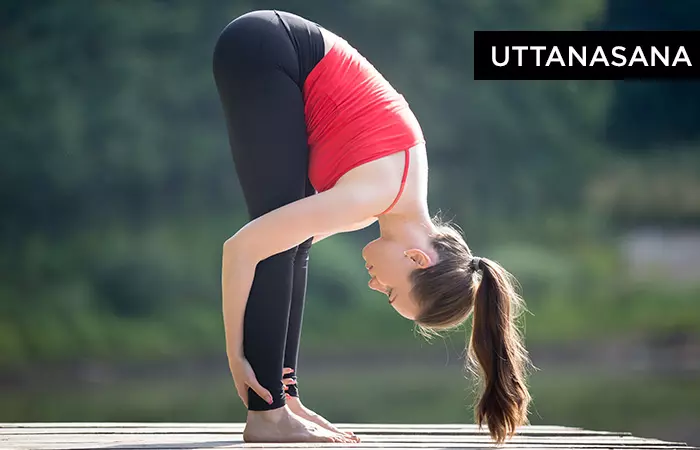
Uttanasana relieves tension in your back, shoulders, and neck and improves the functioning of your nervous system. It calms you and reduces anxiety.
Uttanasana also improves blood circulation. To do the asana, stand straight with your arms alongside your body and your feet at arms’ length. Now, place your arms on your hips and bend forward at the hips. Make your head and chest touch your thighs. Bring your hands down and put them beside your feet or hold your ankles from behind. Keep your thighs straight.
To know more about the pose, click here: Uttanasana
7. Savasana (Corpse Pose)
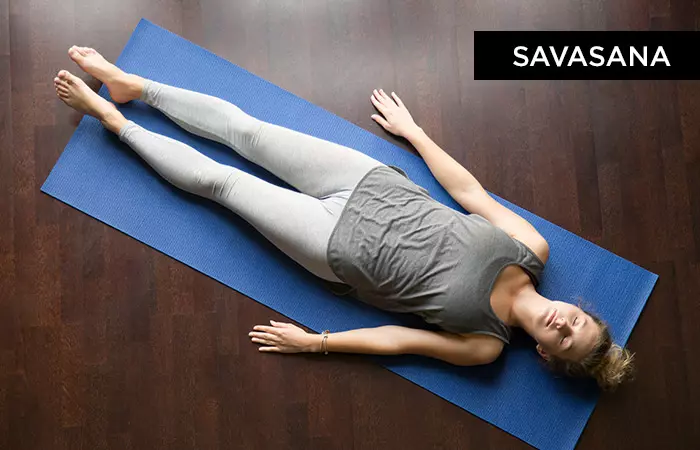
Savasana rejuvenates you and helps your body relax. It reduces blood pressure and lets the effects of the previous poses to sink in better.
Finally, after all the mind and body invigorating poses, Savasana will give you all the rest and scope to heal. To do the Savasana, lie on the floor on your back. Keep your feet a few inches apart and let them fall sideways. Let your arms lie alongside your body with your palms facing upwards. Now, gently close your eyes and let your whole body relax, slowly and gently. Take deep breaths, and stay in the moment.
To know more about the pose, click here: Savasana
Infographic: Self-Care Tips To Reduce Signs Of Depression
Often, the cause of depression is difficult to trace, and harder still is dealing with it. Nothing on the internet can make it go away overnight. However, there are a few self-care practices that you can try to feel better about yourself. Things may take time, but once you begin challenging the voice of depression, you will find yourself smiling again. Check out the infographic below on self-care tips to reduce the symptoms of depression. Illustration: StyleCraze Design Team
Depression could be a reaction to a terrible event, such as the death of a loved one or rejection. It may also be caused by genetics, medical disorders, hormonal fluctuations, post-surgical responses, and excessive stress levels. Yoga for depression can make a big difference as it is one of the most effective techniques to lift your spirits and avoid despair. Yoga asanas improve blood flow to the brain, allowing for the synthesis of mood-enhancing chemicals. The above yoga asanas bring emotional healing to your scars and trauma that may be embedded in your body and mind deeply.
Practicing spirituality, mindfulness, and meditation can greatly improve mental health and promote relaxation, which are essential components of therapy and wellness. Incorporating techniques such as breathwork and yoga can help achieve a better balance between an individual’s physical and mental well-being, particularly for those struggling with depression. When you do yoga, you pay attention to your body. It makes you feel whole and connected. Yoga offers support and solace and the ability to live in the moment. The unique mind-body approach of yoga is more and more becoming the choice to fight depression. It is holistic and long-lasting without any side effects. So, why not?
Now, let’s look at some common queries regarding depression.
Frequently Asked Questions
Can yoga replace therapy for depression?
Practicing yoga regularly can help with stress reduction, elevated mood, and increased awareness, making it a useful complementary practice for depression management. However, since depression often requires a comprehensive approach that includes counseling, medication, or other clinical interventions, it shouldn’t be used in place of therapy or professional treatment.
How often should I practice yoga for depression?
Practicing yoga 3 to 5 times a week may help manage symptoms of depression by improving mood and lowering stress. It is important to be consistent, and even short daily sessions that focus on relaxation and mindfulness can have a major impact.
Is depression more prevalent in women than in men?
Yes, depression is more common in women than in men. The biological and hormonal changes that women go through in their life may be factors responsible for this.
What is Postpartumi Indicates the period following childbirth, typically from a few days to up to six weeks when the mother’s body returns to normal. Depression (PDD)?
Postpartum depression occurs in women after they give birth to a child. PDD occurs due to physical and hormonal changes in their body and the overwhelming feeling of taking care of a newborn.
Is the rate of depression increasing?
According to reports, the rate of depression is increasing. It could be due to the stress that comes with the modern way of living.
How do people react when they are diagnosed with depression?
The reactions vary from person to person. Usually, they are either comforted by the thought that their problem has been recognized or go through shock, sadness or feel ashamed that they have a mental illness.
How common is depression?
Depression is widespread and is prevalent in about 121 million people across the world.
Is yoga better than antidepressants?
Yoga can increase mood-elevating hormones, calm your anxiety, and help ease stress. Though antidepressants also do the same, yoga does not have side effects like the medicine. Therefore, it may be better to practice yoga if you want to avoid the side effects.
Is yoga more beneficial for mental or physical health?
The benefits of yoga extend to both mental and physical health. It helps improve flexibility, tones your body, relaxes your mind, and relieves stress.
Can yoga reduce negative thoughts?
Since yoga helps relax the mind and improve self-awareness. This may help reduce negative thoughts also.
What is the best time to do yoga?
It is best to do yoga early in the morning as it helps awaken the mind and body and keeps you energized throughout the day.

A gentle yoga session can help you manage depression and anxiety. Watch the video below to learn how to relax and find peace with this calming practice.
References
Articles on StyleCraze are backed by verified information from peer-reviewed and academic research papers, reputed organizations, research institutions, and medical associations to ensure accuracy and relevance. Read our editorial policy to learn more.
- Effectiveness of progressive muscle relaxation, deep breathing, and guided imagery in promoting psychological and physiological states of relaxation
https://www.ncbi.nlm.nih.gov/pmc/articles/PMC8272667// - Causal relationship between stressful life events and the onset of major depression
https://pubmed.ncbi.nlm.nih.gov/10360120/ - Therapeutic role of yoga in neuropsychological disorders
https://www.ncbi.nlm.nih.gov/pmc/articles/PMC8546763/ - The role of dopamine in mood disorders
https://pubmed.ncbi.nlm.nih.gov/1347497/ - Effectiveness of yoga for major depressive disorder: A systematic review and meta-analysis
https://www.ncbi.nlm.nih.gov/pmc/articles/PMC10077871/ - Impact of long-term Yoga practice on sleep quality and quality of life in the elderly
https://www.ncbi.nlm.nih.gov/pmc/articles/PMC3667430/
Read full bio of Rakesh Rathod
Read full bio of Shirin Mehdi
Read full bio of Arshiya Syeda
Read full bio of Moksha Gandhi









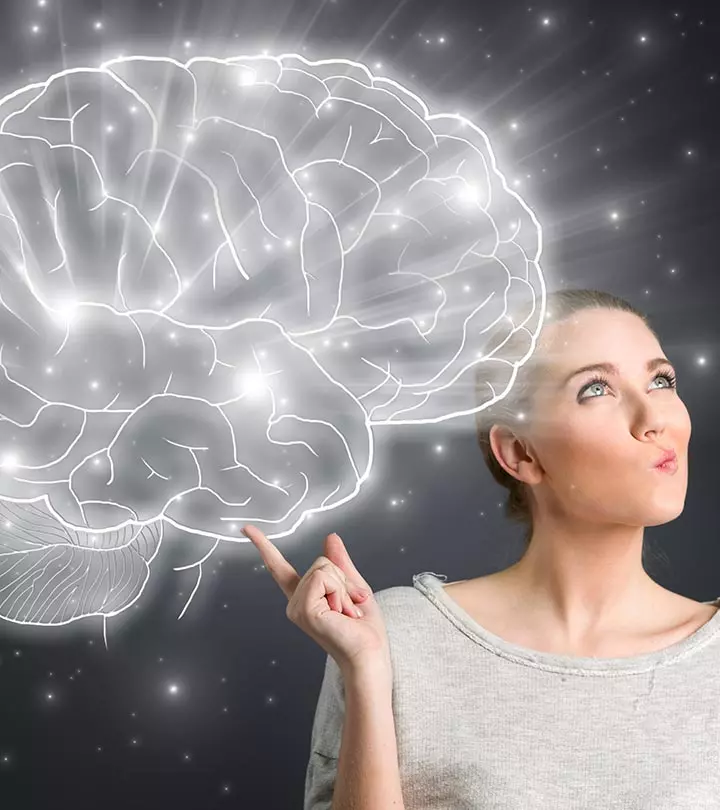
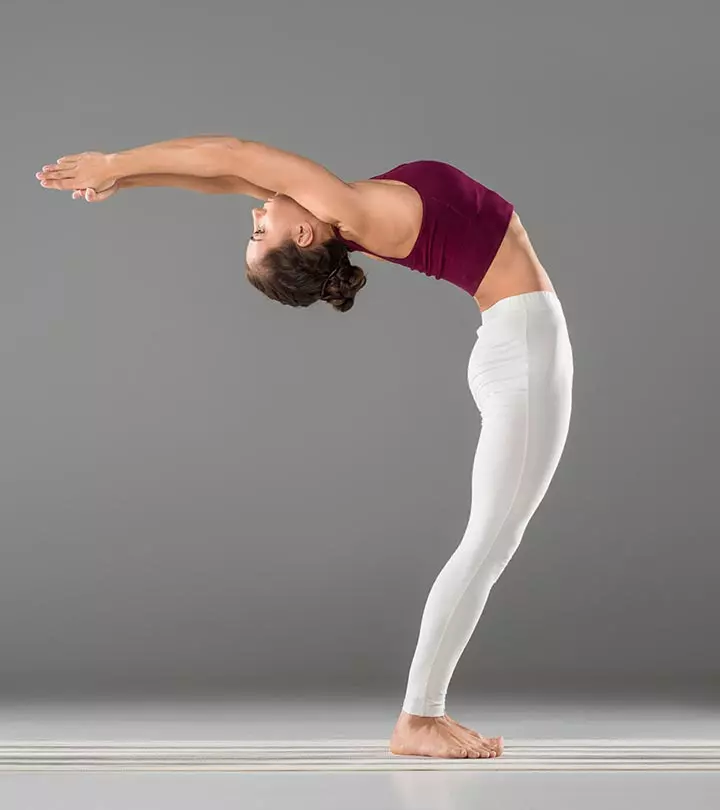
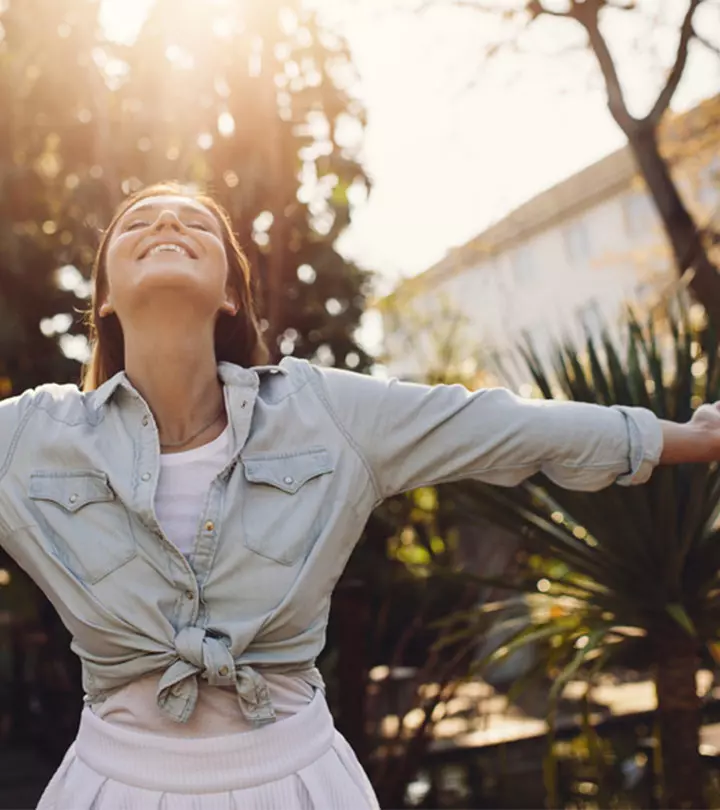
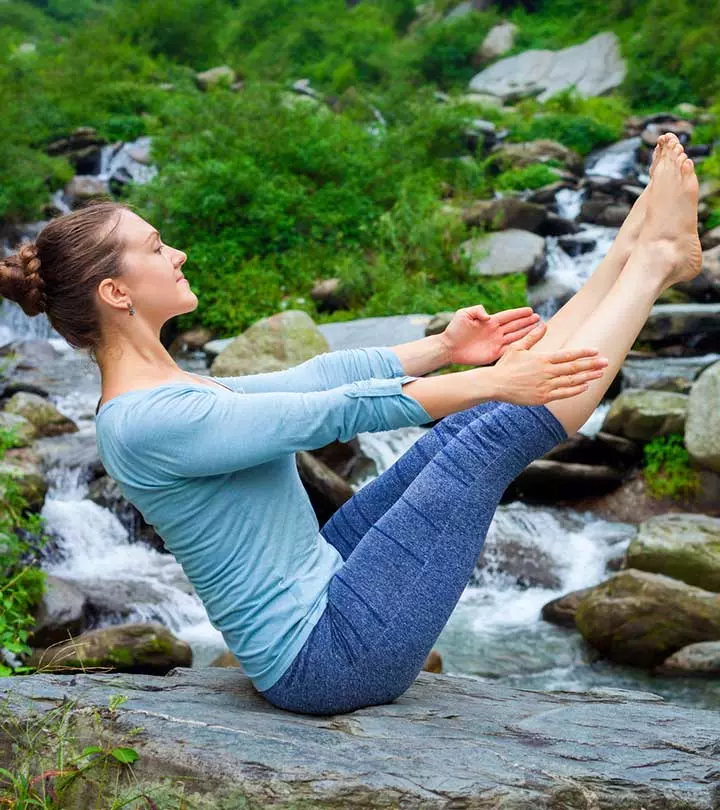
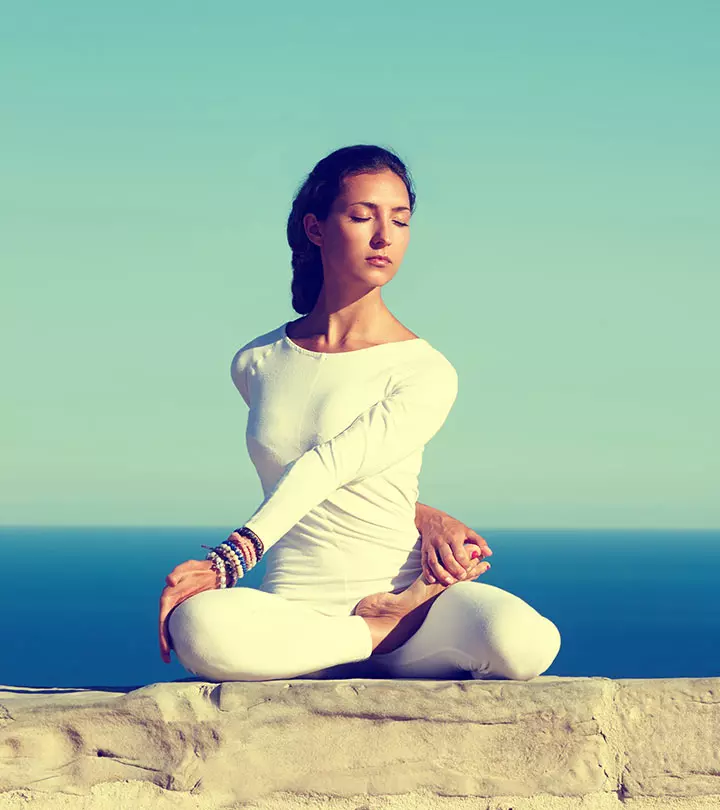
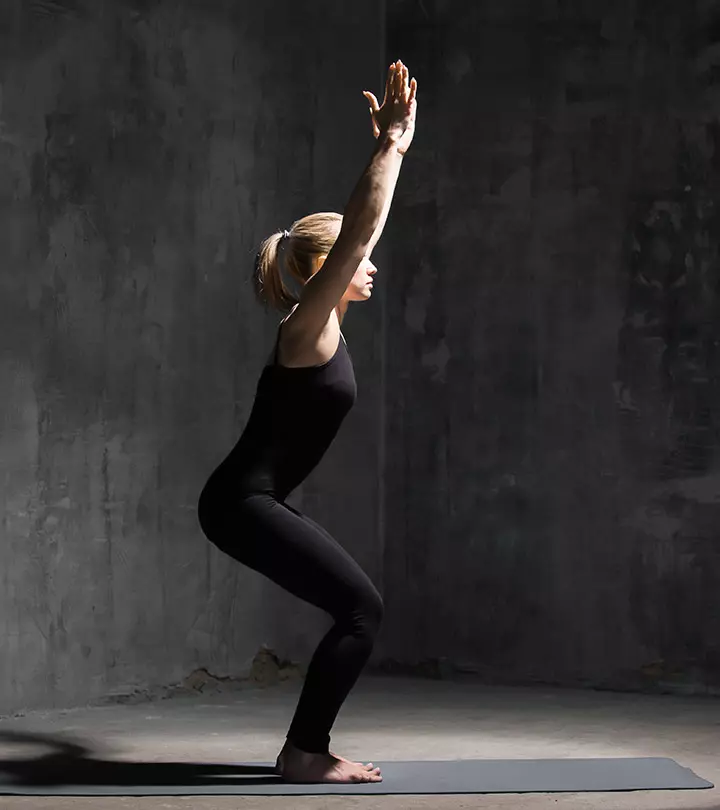

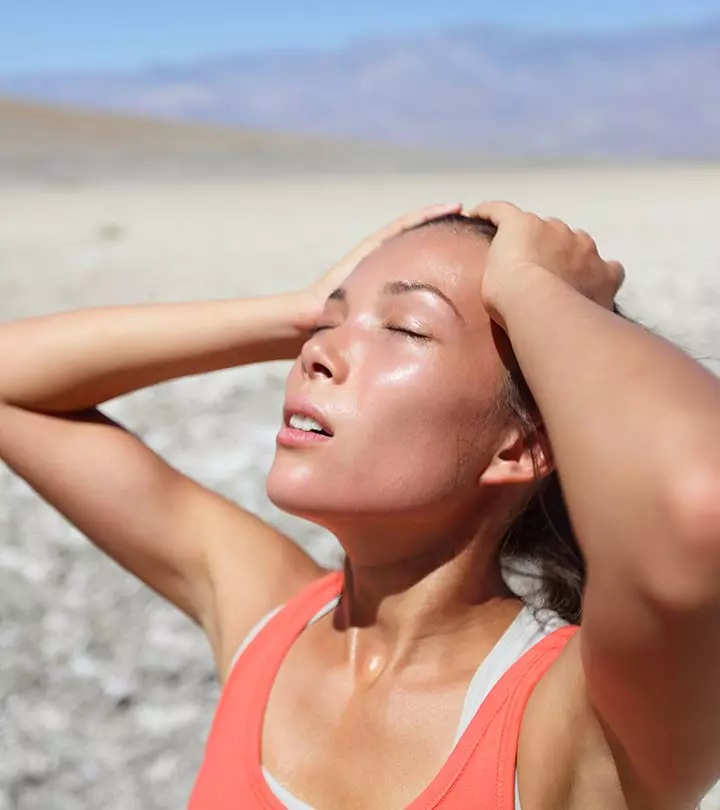
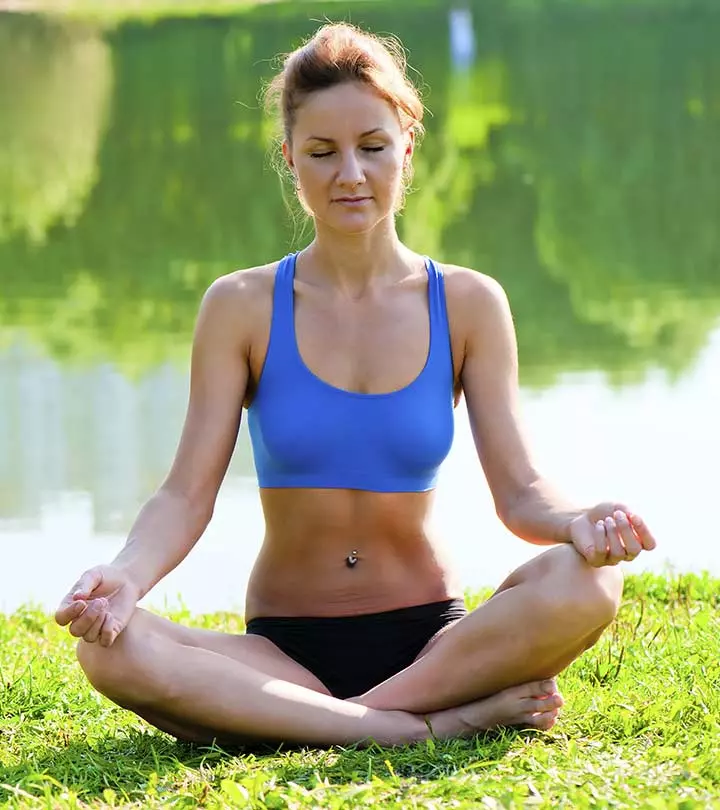
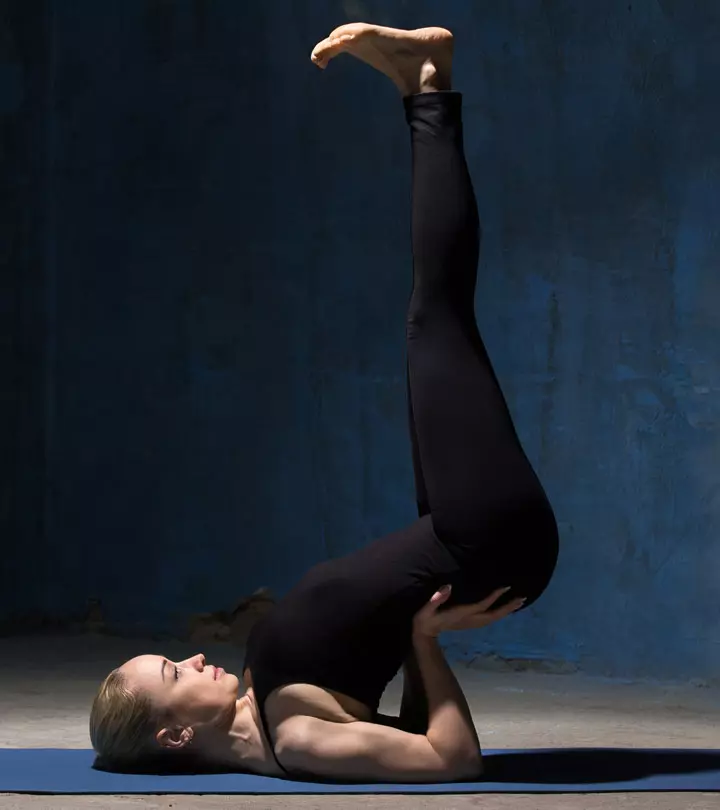

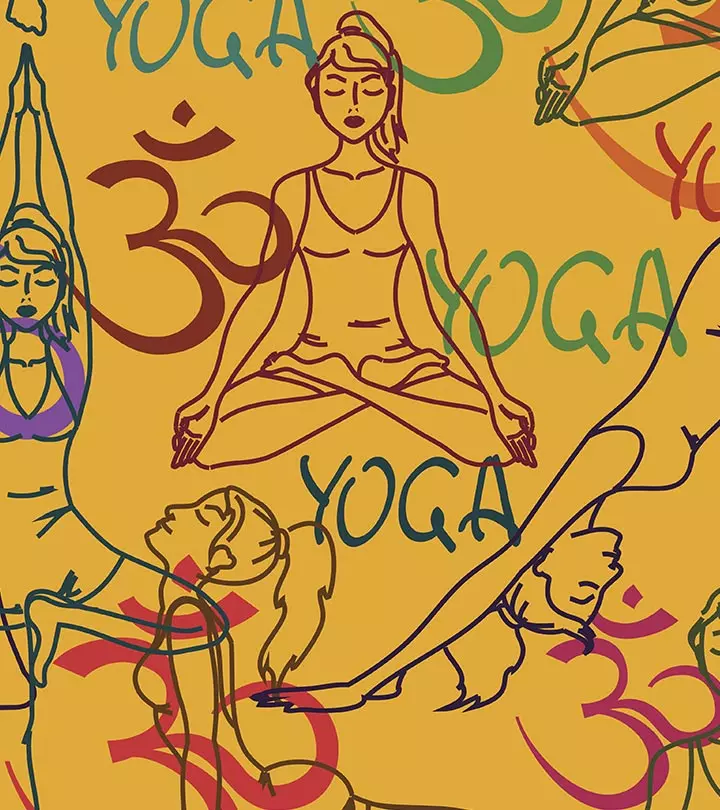

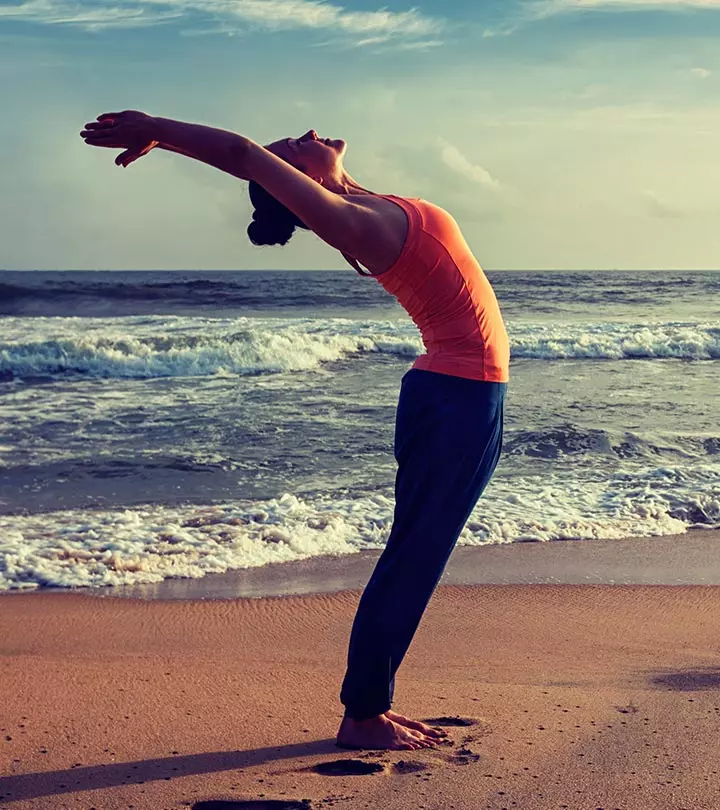

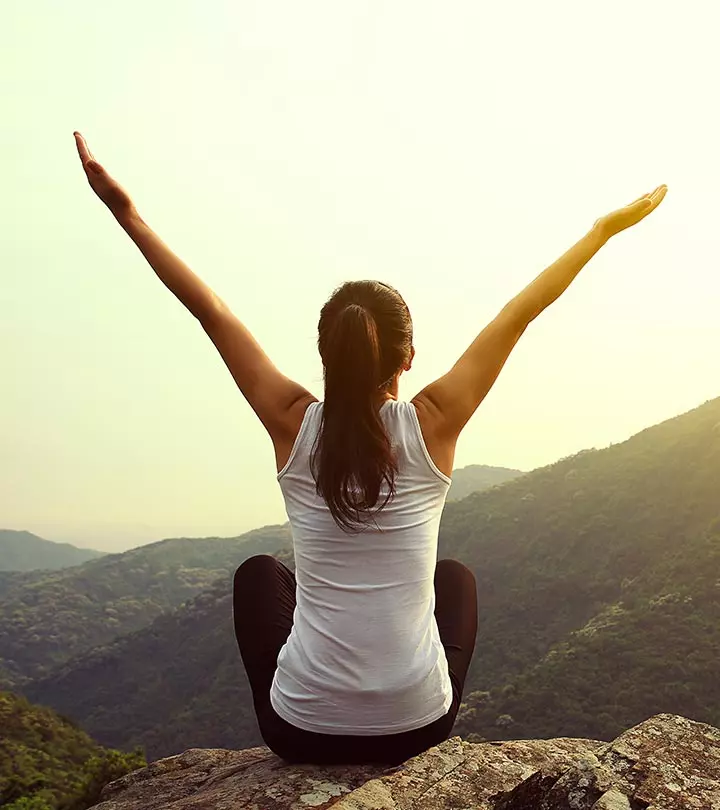
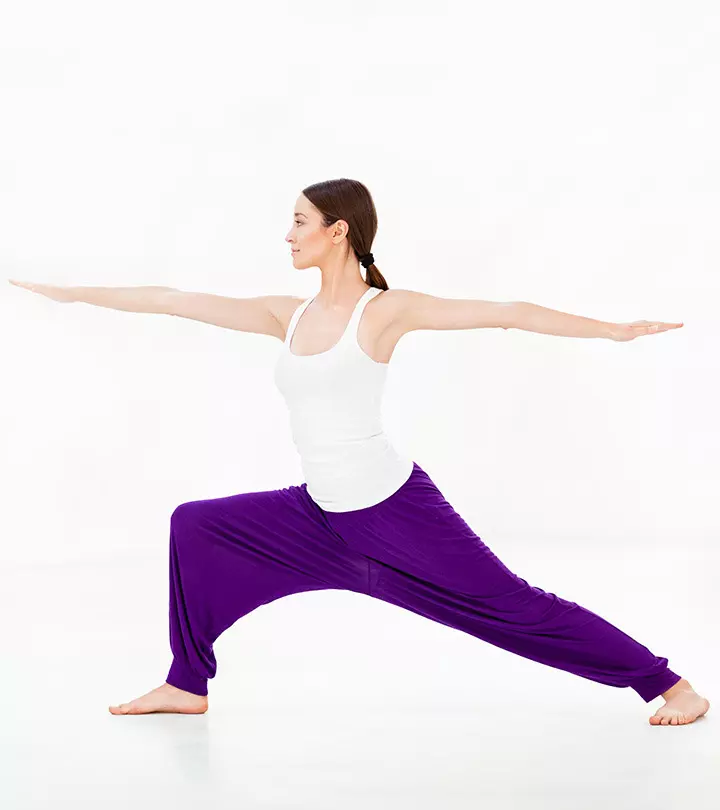
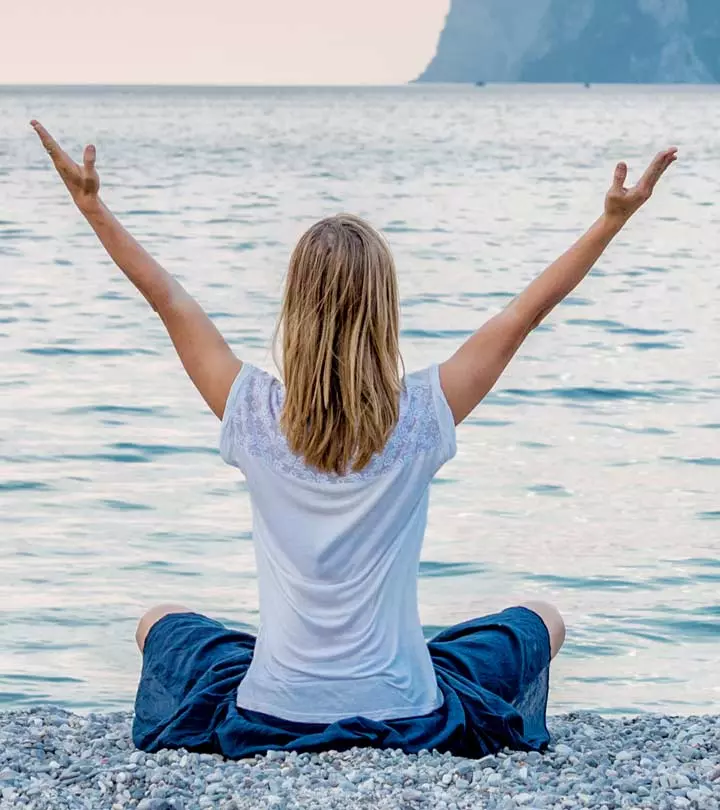
Community Experiences
Join the conversation and become a part of our empowering community! Share your stories, experiences, and insights to connect with other beauty, lifestyle, and health enthusiasts.